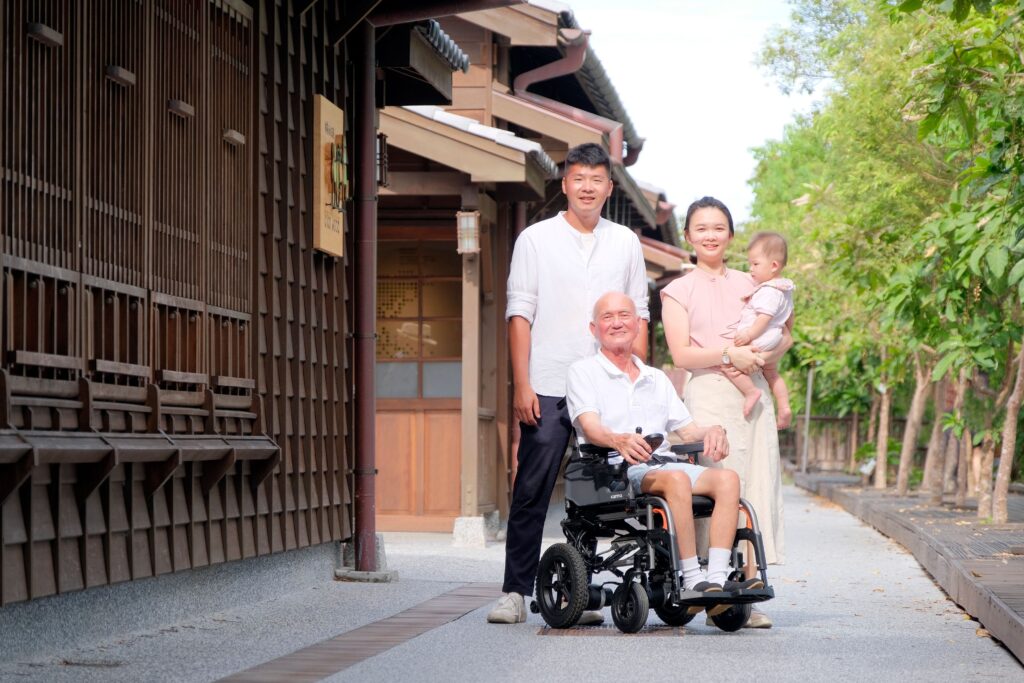
Traveling is one of the most enriching ways to experience the world, immerse yourself in new cultures, and take a break from everyday routines. Unfortunately, wheelchair users have long faced challenges in making wheelchair travel effortless and stress-free.
The good news is that accessibility is improving, and today, more destinations than ever are wheelchair-friendly.
At Karma Thailand, we believe everyone deserves the joy of exploring new places, regardless of physical barriers. In this blog, we share practical tips to help wheelchair users navigate international travel with ease while highlighting resources to make it all possible.
1. Choosing the Right Mode of Transportation
Transportation is often the first hurdle when traveling abroad. Finding an accessible mode of transportation is key to ensuring your trip starts off on the right foot. Below are some options to consider:
Air Travel
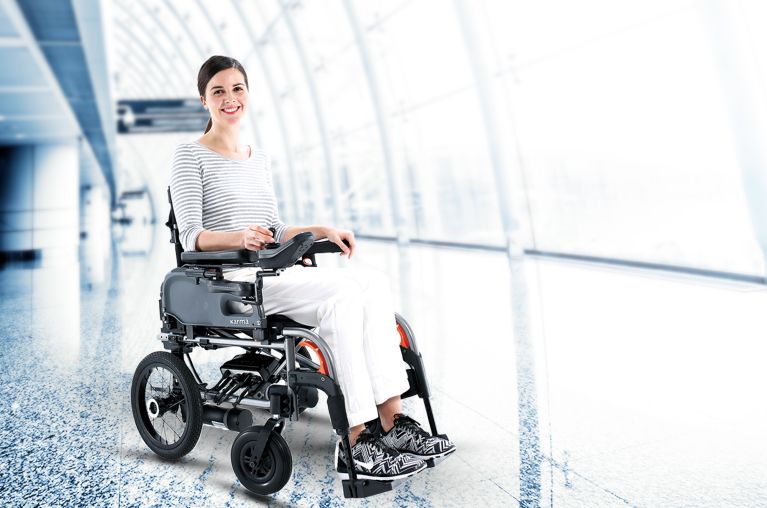
Air travel offers the fastest route to international destinations; however, it’s one of the most complex for wheelchair users due to size limitations and restricted storage space.
To make flying easier, contact the airline well in advance of your flight. Provide details about your wheelchair, including its size, type (manual or electric), battery specifications, and whether it’s foldable. Notifying airlines early gives them time to prepare appropriately and ensures your wheelchair receives the care it needs during transit.
Cruise Travel
Cruises offer slower-paced travel but often provide unmatched accessibility. Many modern ships feature spacious accommodations, wide corridors, accessible bathrooms, and ramps throughout the vessel. Cruises are ideal for those who want comfort, longer travel windows, and an easier way to explore multiple destinations.
Road or Rail Travel
Road and rail travel allow for greater flexibility in terms of schedule and stops. Research trains and buses to confirm if they provide wheelchair-friendly features, such as accessible boarding ramps, dedicated seating spaces, and storage. Hiring accessible rental vehicles can also provide maximum independence during your trip.
Pro Tip: Always research transportation options and accessibility features in advance—including restrictions on battery types, wheelchair storage, and boarding procedures. Choosing the right mode of travel can reduce stress and ensure your journey is smooth.
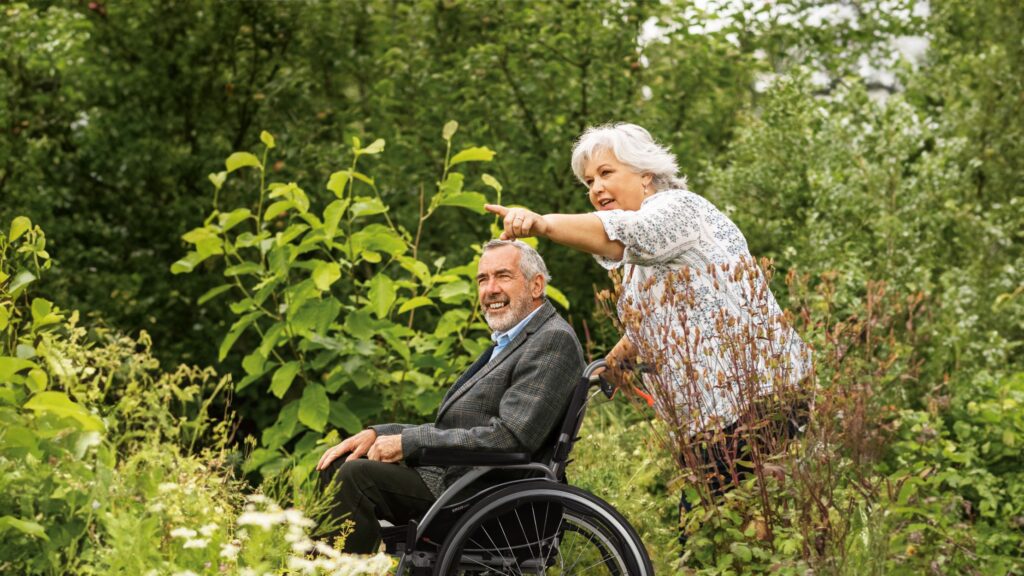
2. Understanding the Accessibility of Your Destination
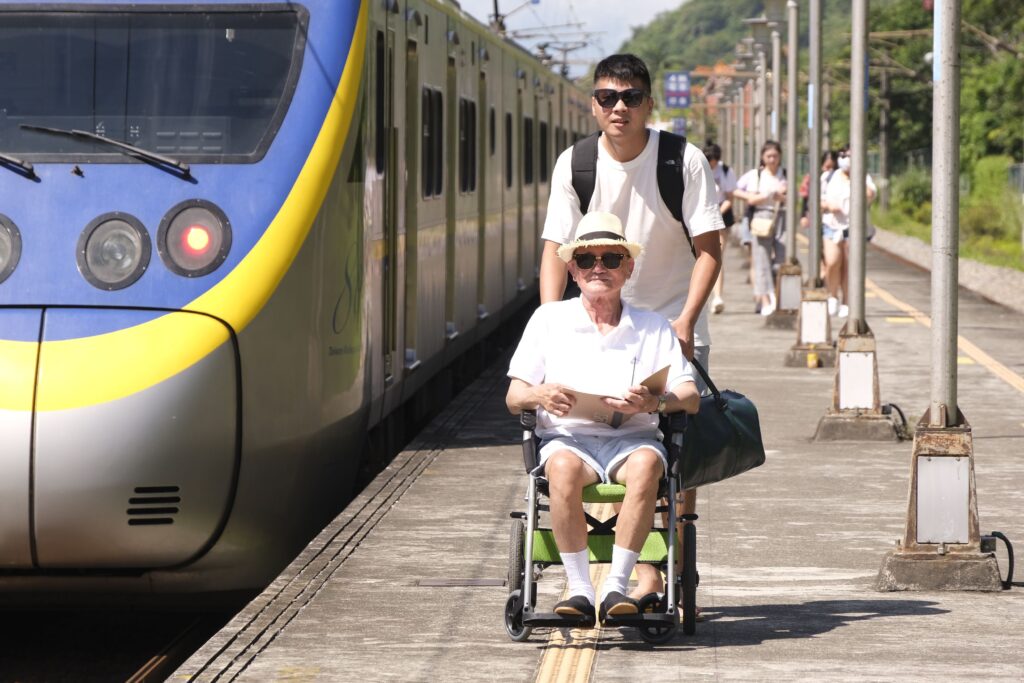
While many places claim to be “accessible,” the actual conditions may differ from your expectations. Research beforehand for a more comfortable and enjoyable experience.
Accessible Local Transportation
Does the city or destination offer accessible taxis, buses, or shuttle services? Many metropolitan areas have adapted their public transportation systems to accommodate wheelchair users, but it’s wise to confirm availability in advance.
Infrastructure
Look into the area’s infrastructure for wheelchair accessibility. Ask specific questions regarding ramps, elevators, handrails, and the width of doorways. Older cities may prove to be challenging, as cobblestone streets or narrow sidewalks can make navigation tricky.
Accessible Hotels, Attractions, and Restaurants
Call or email hotels and attractions to confirm accessibility features such as grab bars, roll-in showers, and adjustable beds. Similarly, check whether local restaurants are equipped with wide aisles and wheelchair-friendly seating areas.
Pro Tip: Always double-check accessibility details directly with service providers through calls or emails. Again, their definition of “accessible” may differ depending on regulations, physical limitations, and infrastructure availability.
3. Prepare Essential Travel Equipment and Supplies
One of the most important aspects of successful wheelchair travel is packing everything you’ll need to navigate smoothly. Here’s what to keep in mind:
Choosing the Right Wheelchair
Consider investing in a lightweight, foldable travel wheelchair that is durable enough to withstand different terrains yet easy to transport. If you have an electric wheelchair, confirm if its battery type adheres to airline and international requirements.
When selecting a travel wheelchair, consider your daily needs as well as the physical strength of caregivers. For example, the Karma Ergo Lite is one of the world’s lightest crash-tested manual wheelchairs, weighing just under 9 kg*. It’s especially helpful for petite caregivers or elderly family members, making lifting and transport far easier. Plus, its signature S-Shaped Seating System provides pressure relief and comfort for long hours of sitting—ideal for travel days.
If you’re looking for powered mobility, the eFlexx offers a smart alternative to traditional bulky power chairs. Lightweight and foldable, it’s built for travel—from weekend getaways to international flights—without sacrificing independence. With the eFlexx, users can enjoy both flexibility and confidence on the move.

Medications, Hygiene Products, and Important Documents
Pack any necessary medications, prescription eyewear, hygiene products, and a copy of your health insurance details. Carry them in your hand luggage, as obstacles may arise if they’re stored in the hold with checked items.
Additional Items
Adapt to the climate and cultural norms of your destination by bringing appropriate clothing, sunscreen, rain gear, or cold-weather attire. Don’t forget to pack converters and charging equipment compatible with international outlets.
Pro Tip: Pack only the essentials to avoid overloading yourself unnecessarily. Focusing on crucial items ensures safe, stress-free travel.
4. Plan Ahead, Use Resources, and Communicate Your Needs
Preparation is the foundation of effortless wheelchair travel. By researching and planning well in advance, you’ll have less stress about common travel problems and way more time for leisure.
Notify airlines, hotels, and transportation services of your needs early, so they have time to address them. Whether you’re asking for accessible seating, luggage assistance, or wheelchair storage safety, preparation makes all the difference.
Technology provides invaluable support for wheelchair travel. Here are some helpful platforms:
- Google: Utilize search features to locate accessible attractions and accommodations nearby.
- Wheelmap: A crowd-sourced app that provides detailed maps of accessible places.
- Accessable: Offers in-depth guides on accessibility for venues worldwide.
- Wheelmate: Helps users locate wheelchair-friendly parking and restrooms.
- WheelchairTravel.org: Offers travel guides and tips for wheelchair users, including reviews of accessible hotels and attractions
- WheelchairTraveling.com: Focuses on travel but includes personal stories, destination guides, and accessibility reviews.
Search for accessible parking spots, wheelchair repair services, and medical facilities at your destination. In the event of an unexpected emergency, knowing where to find help can save valuable time.
Pro Tip: Pre-planning not only ensures comfort but may also unlock early booking discounts and deals.
Conclusion: Mindset and Flexibility
Here’s the truth—traveling abroad as a wheelchair user may involve challenges. But with preparation, perseverance, and a positive mindset, these hurdles become stepping stones to unforgettable adventures.
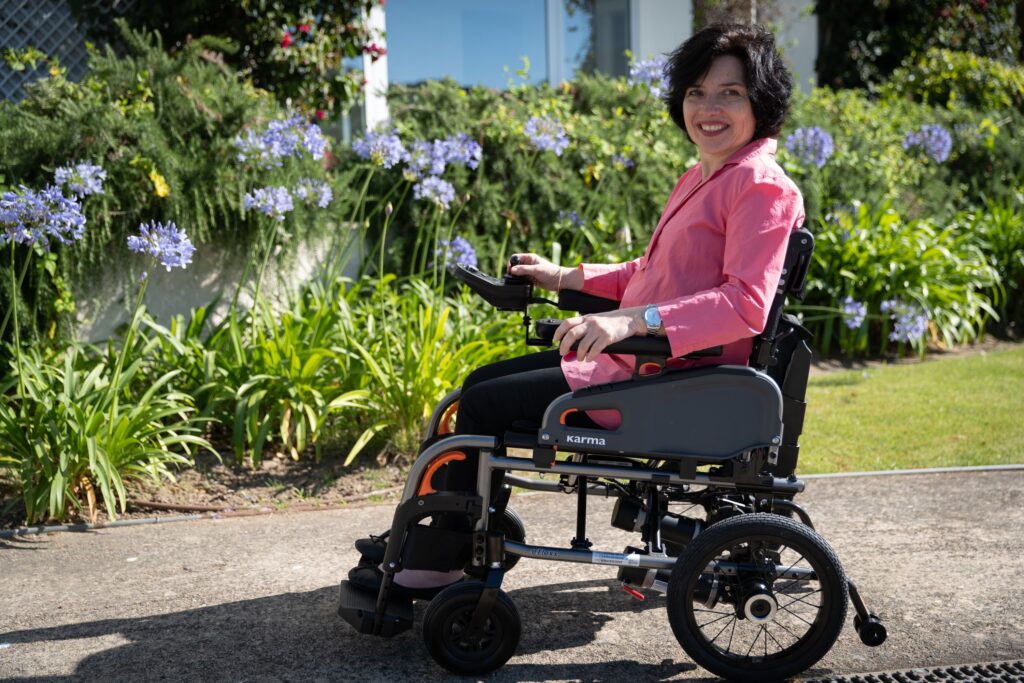
For Solo Travelers
Traveling alone requires resilience and adaptability. While unforeseen obstacles may occur, maintaining a positive attitude helps you handle them effectively. Don’t hesitate to ask for help or engage with locals—they’re often willing to lend assistance and share helpful advice. After all, embracing new experiences is what travel is about.
For Families
Traveling with family can deepen bonds and share responsibilities, making the journey all the more rewarding. Encourage family members to travel together, even if the destination is closer to home. Shared experiences create lifelong memories.
 Ready to explore the world? Discover your ultimate travel partner with us—making your journeys more accessible, practical, and enjoyable. Let us help you create travel experiences that empower and inspire!
Ready to explore the world? Discover your ultimate travel partner with us—making your journeys more accessible, practical, and enjoyable. Let us help you create travel experiences that empower and inspire!
At Karma Thailand, we’re more than just a wheelchair provider—we’re your long-term mobility partner. In Thailand, our local support team is ready to assist you with personalized service. Outside of Thailand, we offer after-sales support through either our own local Karma teams or trusted distributor partners in selected countries.
If you have any questions or need assistance during your journey, please don’t hesitate to contact us—we’re here to help, wherever you are.
Explore our products:

